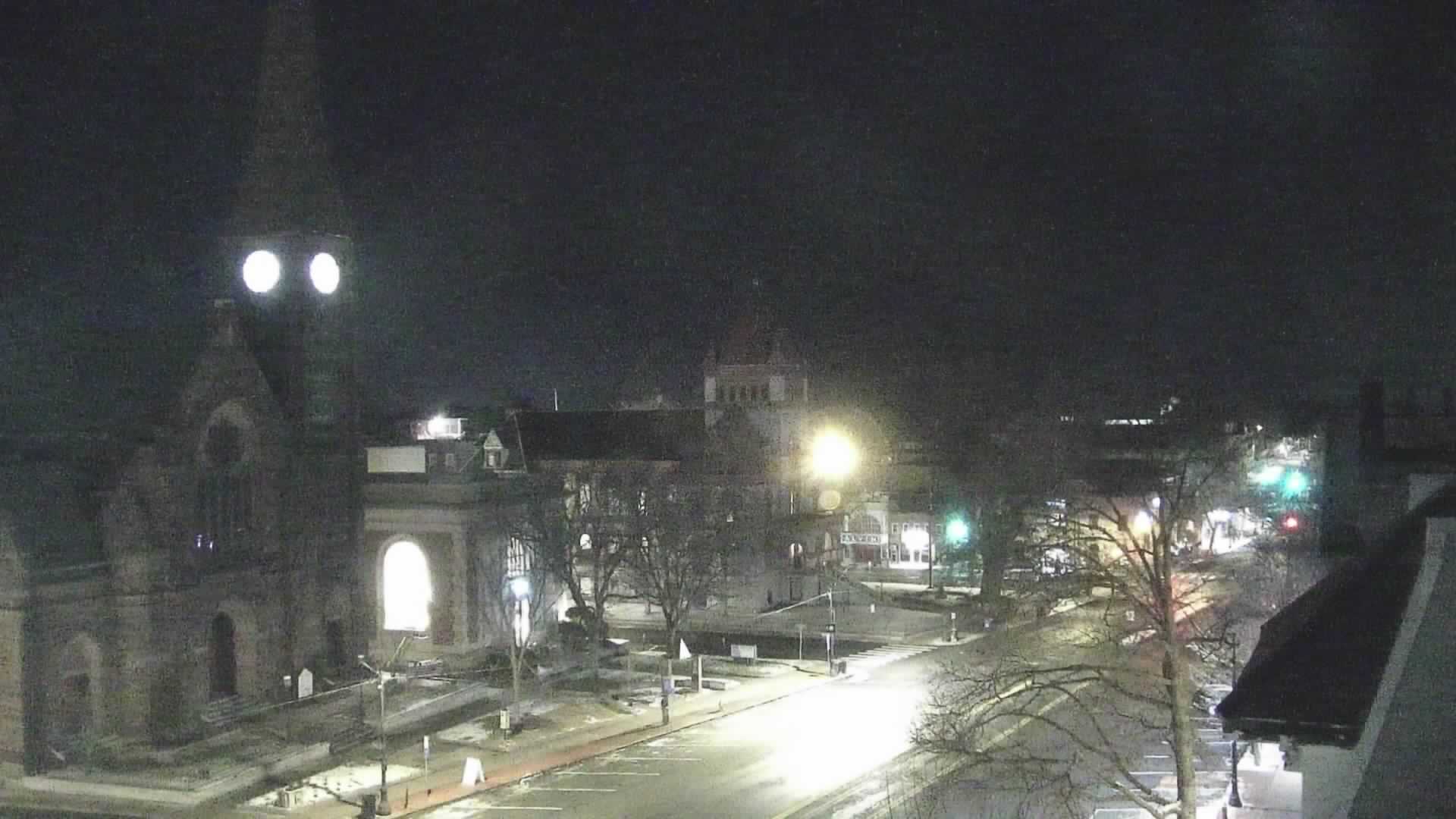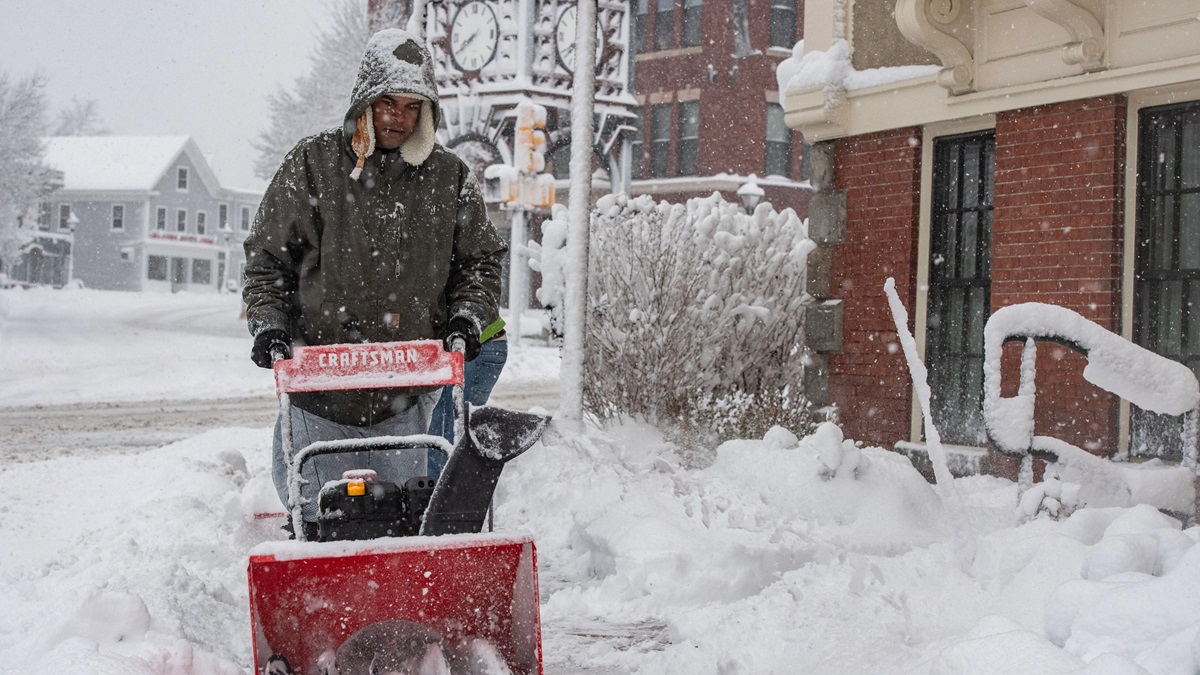Snowfall Totals In Western Massachusetts: Your Ultimate Guide
Western Massachusetts experiences some of the most breathtaking and challenging winters in the United States. Snowfall totals in Western Massachusetts are a crucial factor for residents, tourists, and winter enthusiasts alike. Understanding these snowfall patterns can help you prepare for the cold season effectively.
From the picturesque Berkshires to the bustling towns of Springfield and Pittsfield, the region's climate is heavily influenced by its geography. The snowfall totals in Western Massachusetts vary depending on elevation, weather patterns, and proximity to the Atlantic Ocean. This article will delve into the specifics of snowfall in the region, offering insights that will benefit anyone planning to visit or live in this beautiful area.
Whether you're an avid skier, a homeowner, or simply someone curious about the winter conditions in Western Massachusetts, this guide will provide you with all the information you need. Let's explore the fascinating world of snowfall in this part of the country!
Read also:Bradley Leman The Rising Star You Need To Know About
Table of Contents
- Geography of Western Massachusetts
- Average Snowfall Totals in Western Massachusetts
- Factors Affecting Snowfall
- Historical Snowfall Data
- Top Ski Resorts in Western Massachusetts
- Winter Preparation Tips
- Weather Patterns and Snowfall
- Impact of Climate Change on Snowfall
- Travel Considerations
- Conclusion
Geography of Western Massachusetts
Western Massachusetts is characterized by its rolling hills, dense forests, and the majestic Berkshires. This region's geography plays a significant role in determining the snowfall totals in Western Massachusetts. The Berkshire Mountains, which run through the western part of the state, create an elevation that influences weather patterns.
Higher elevations typically receive more snowfall due to cooler temperatures. For example, areas like Mount Greylock, the highest point in Massachusetts, often see significant snow accumulation compared to lower-altitude towns. Understanding the geography of the region is essential for predicting snowfall totals and preparing for winter conditions.
Key Geographic Features
- Berkshire Mountains
- Connecticut River Valley
- Mount Greylock
Average Snowfall Totals in Western Massachusetts
On average, Western Massachusetts receives between 60 to 100 inches of snow annually, depending on the location. The higher elevations in the Berkshires tend to see the most snow, while lower-lying areas near the Connecticut River Valley experience less accumulation.
For instance, towns like Pittsfield and North Adams in the northern Berkshires typically receive around 80 inches of snow per year. In contrast, Springfield, situated in the southern part of the region, averages about 60 inches annually.
Comparison of Snowfall Totals
- Pittsfield: ~80 inches
- Springfield: ~60 inches
- North Adams: ~90 inches
Factors Affecting Snowfall Totals in Western Massachusetts
Several factors contribute to the variation in snowfall totals in Western Massachusetts. These include elevation, proximity to water bodies, and prevailing weather patterns.
Elevation is a primary factor, as higher altitudes experience colder temperatures, leading to increased snowfall. Additionally, the proximity to the Atlantic Ocean influences the region's weather, with nor'easters often bringing heavy snow to the area.
Read also:Hunter Tyson Nuggets The Ultimate Guide To The Craze Thats Taking Over
Weather patterns such as the jet stream and El Niño can also impact snowfall totals. Understanding these factors helps meteorologists predict seasonal snowfall more accurately.
Influence of Elevation
Mount Greylock, standing at 3,491 feet, is a prime example of how elevation affects snowfall. The mountain receives some of the highest snowfall totals in the region, often exceeding 100 inches annually.
Historical Snowfall Data
Historical records provide valuable insights into snowfall trends in Western Massachusetts. Over the past few decades, the region has experienced both record-breaking snowstorms and milder winters.
For example, the winter of 2015 was particularly memorable, with some areas receiving over 120 inches of snow. Conversely, winters like 2012 saw significantly less snowfall, with totals closer to 40 inches in certain locations.
These fluctuations highlight the importance of analyzing historical data to better understand snowfall patterns in the region.
Record Snowfall Events
- Winter of 2015: ~120 inches in some areas
- Winter of 2012: ~40 inches in certain locations
Top Ski Resorts in Western Massachusetts
Western Massachusetts is home to several world-class ski resorts that take full advantage of the region's snowfall totals. These resorts offer a range of activities for winter sports enthusiasts, from skiing and snowboarding to snowshoeing and ice skating.
Some of the most popular ski resorts in the area include Bousquet Ski Area, Jiminy Peak Mountain Resort, and Berkshire East Mountain Resort. Each of these locations provides unique experiences and caters to skiers of all skill levels.
Key Ski Resorts
- Bousquet Ski Area
- Jiminy Peak Mountain Resort
- Berkshire East Mountain Resort
Winter Preparation Tips
Preparing for winter in Western Massachusetts is crucial for ensuring safety and comfort during the snowfall season. Here are some tips to help you get ready:
- Stock up on essential supplies, including food, water, and heating fuel.
- Ensure your home is properly insulated to reduce heating costs and prevent drafts.
- Invest in snow removal equipment, such as shovels or snow blowers.
- Check your vehicle's winter readiness, including tire condition and antifreeze levels.
By taking these precautions, you can enjoy the beauty of Western Massachusetts winters without compromising your safety.
Winter Safety
Stay informed about weather conditions by regularly checking local forecasts. In case of severe weather, have an emergency kit ready with items like flashlights, batteries, and first aid supplies.
Weather Patterns and Snowfall
Weather patterns play a critical role in determining snowfall totals in Western Massachusetts. The region is often affected by nor'easters, which are powerful storms that bring heavy snow and strong winds.
Additionally, the jet stream's position can influence the frequency and intensity of snowstorms. When the jet stream dips southward, it can channel cold air into the region, leading to increased snowfall.
Understanding these patterns helps meteorologists make more accurate predictions about snowfall totals in the region.
Jet Stream Impact
The jet stream's movement can significantly affect snowfall in Western Massachusetts. During winters when the jet stream is positioned to the south, the region tends to experience more frequent and intense snowstorms.
Impact of Climate Change on Snowfall
Climate change is altering snowfall patterns across the globe, and Western Massachusetts is no exception. While some studies suggest that warmer temperatures may lead to less snowfall overall, others indicate that extreme snow events could become more common.
This variability makes it challenging to predict future snowfall totals in the region. However, ongoing research continues to provide insights into how climate change will affect winter weather in Western Massachusetts.
Research Findings
According to the National Oceanic and Atmospheric Administration (NOAA), the northeastern United States has experienced a 71% increase in extreme precipitation events over the past century. This trend suggests that while overall snowfall may decrease, heavy snowstorms could become more frequent.
Travel Considerations
For travelers planning to visit Western Massachusetts during the winter months, understanding snowfall totals is essential for a safe and enjoyable trip. Here are some considerations to keep in mind:
- Check road conditions before traveling, as snowstorms can lead to closures and delays.
- Bring appropriate winter gear, including warm clothing and boots with good traction.
- Consider staying at accommodations equipped with snow removal services to ensure easy access.
By planning ahead and staying informed, you can fully enjoy the winter wonderland that Western Massachusetts has to offer.
Winter Activities
From skiing and snowboarding to ice skating and snowshoeing, Western Massachusetts offers a wide range of winter activities. Many resorts and parks provide equipment rentals and lessons for those new to winter sports.
Conclusion
Snowfall totals in Western Massachusetts are influenced by a variety of factors, including geography, weather patterns, and climate change. Understanding these elements is crucial for residents, visitors, and winter sports enthusiasts alike.
Whether you're preparing for a winter storm, planning a ski trip, or simply curious about the region's snowfall patterns, this guide has provided you with the information you need to make informed decisions. We encourage you to share this article with others who may find it helpful and explore our other resources for more insights into Western Massachusetts winters.
Stay safe, stay informed, and enjoy the beauty of snowfall in Western Massachusetts!


